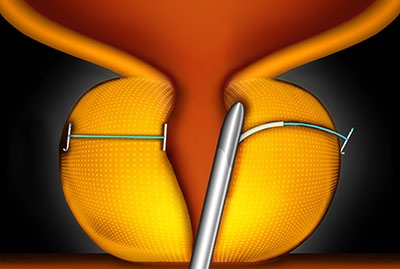Treatments Options
Localised prostate prostate cancer refers to prostate cancer that has spread to areas outside the prostate gland, but remains in the prostate region, that is in the prostate gland and the seminal vesicles. As with all treatments choosing a treatment for localised prostate cancer, or cancer that is described as T1 or T2, depends on […]
Treatments Options Read More »

